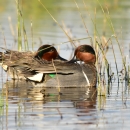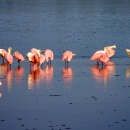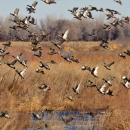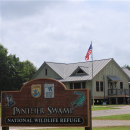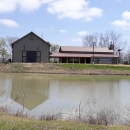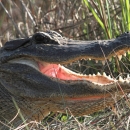About Us
St. Catherine Creek National Wildlife Refuge was established in 1990. Management of the refuge aims to conserve the integrity of a dynamic bottomland hardwood forest ecosystem in the Lower Mississippi River Valley. The Refuge is located in southwest Mississippi which hosts a diverse array of habitat types consisting of bottomland hardwoods, cypress swamps, upland hardwoods on the loess bluffs, small cliffs made from a specific type of wind-blown sediment. The Refuge also has moist soil impoundments, reforested areas, fallow fields and accreted land. Flooding from the Mississippi River occurs from winter through early summer preserving a naturally functioning bottomland hardwood system and a bountiful diversity of fish, wildlife and plant species.
Our Mission
Each unit of the National Wildlife refuge System is established to serve a statutory purpose that targets the conservation of native species dependent on its lands and waters. All activities on those acres are reviewed for compatibility with this statutory purpose.
Other Facilities in this Complex
St. Catherine Creek National Wildlife Refuge is one of nine refuges that make up the Theodore Roosevelt National Wildlife Refuge Complex. Each refuge in the complex plays vital role to conserving our nation's resources. A National Wildlife Refuge Complex is an administrative grouping of two or more Refuges, wildlife management areas or other Refuge conservation areas that are primarily managed from a central office location. Refuges are grouped into a complex structure structure
Something temporarily or permanently constructed, built, or placed; and constructed of natural or manufactured parts including, but not limited to, a building, shed, cabin, porch, bridge, walkway, stair steps, sign, landing, platform, dock, rack, fence, telecommunication device, antennae, fish cleaning table, satellite dish/mount, or well head.
Learn more about structure because they occur in a similar ecological region, such as a watershed or specific habitat type, and have a related purpose and management needs. Typically, a Project Leader oversees the general management of all Refuges within the complex and Refuge Managers are responsible for operations at specific Refuges. Supporting staff, composed of administrative, law enforcement, Refuge manager, biological, fire, visitor services, and maintenance professionals, are centrally located and support all Refuges within the complex.
Checkout the list below of the other Refuges within the Complex, and visit each one for new and different experiences!

